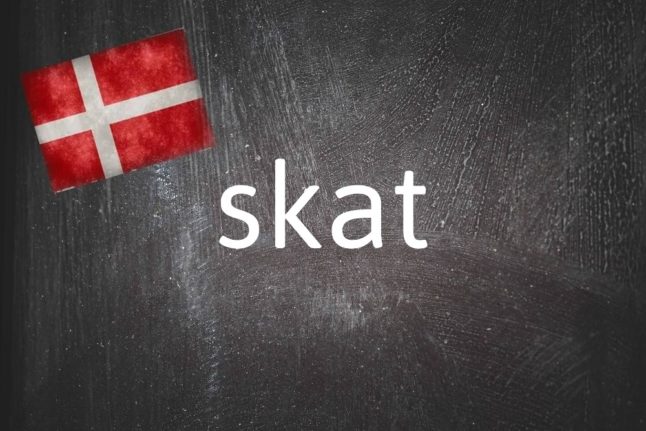What is skat?
Skat means “tax”. It’s a word you will in particular see in springtime, as that’s when Denmark’s annual tax assessment notices are released.
In 2024, if you worked and earned money in Denmark last year, you can log in to the Danish Tax Agency (Skat) to view your tax return document from March 11th. You can correct and update information until the beginning of May, when the tax statement is finalised.
Too much tax paid during the preceding year (without adjustment of the preliminary tax return, forskudsopgørelse during the course of that year), can mean the tax payer is due a tax refund. This will show on the annual return on its release in March.
The reverse applies if less than the correct rate has been paid for that person’s individual circumstances, meaning money might be owed to the Danish tax system. Repayments must be made by July 1st.
The Danish word for tax return is årsopgørelse (annual statement). If you want to talk about filing your taxes, you can say indberette skat (declare taxes), and a tax payment is a skattebetaling.
READ ALSO: How you can access (and edit) your 2024 Danish tax return in English
Why do I need to know skat?
People who pay tax in Denmark can be referred to by the nouns skattebetalere or skatteborgere, literally “tax payers” or “tax citizens”.
A salary in Denmark will include the following deductions: Labour market tax (AM-bidrag 8%), State tax (bundskat 12%), municipality tax (kommuneskat 25%), and state pension contribution (ATP-bidrag 94.65 kroner).
High earners can be liable for the top tax bracket, topskat.
READ ALSO: Does Denmark really have the highest tax in the world?
You may also be interested in the words overskydende skat (tax rebate, if you have paid too much tax and are owed money back) and skattefradrag (tax deduction), but probably want to avoid paying restskat (a tax deficit).
But skat is not only used to talk about taxes.
It also means treasure, both in the sense of an actual treasure (jeg har fundet en skattekiste – I have found a treasure chest) and figuratively to talk about a loved one (min elskede skat – my darling/beloved treasure, or hun er en rigtig skat – she’s a real treasure).
Skat comes from the Old Norse term skattr and the even older proto-Germanic word skattaz, which had a variety of meanings including wealth, property, cattle, money, and goods.
It’s easy to see how the two meanings of modern Danish skat developed from here, and you’ll also find the word skatt in Norwegian and Swedish. It used to exist in English as well before it was replaced by tax based on the French verb taxer.



 Please whitelist us to continue reading.
Please whitelist us to continue reading.
Member comments